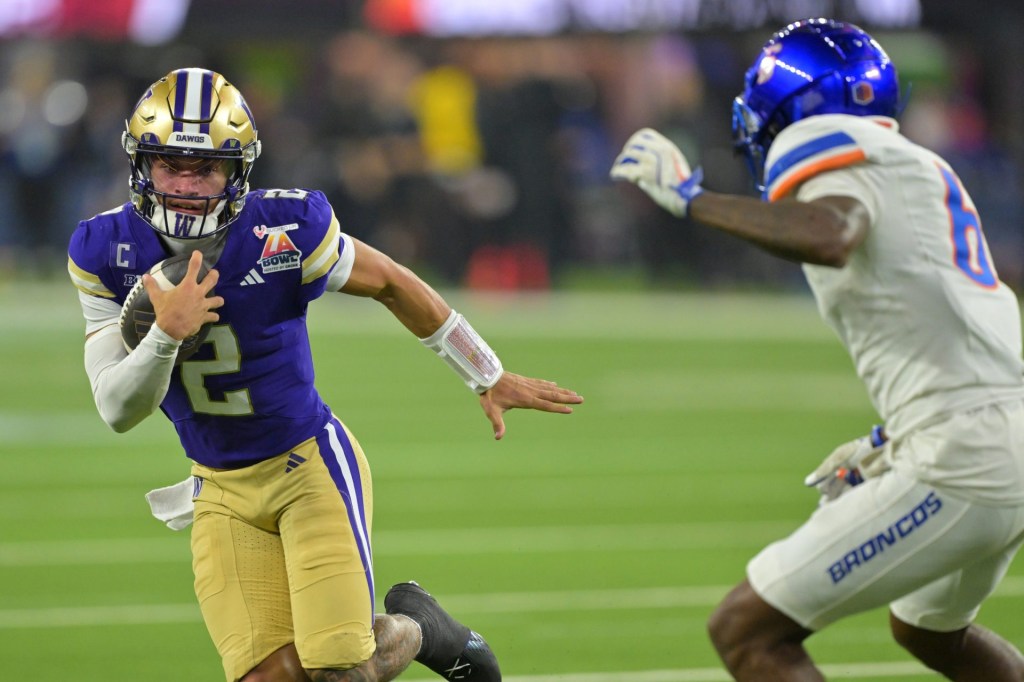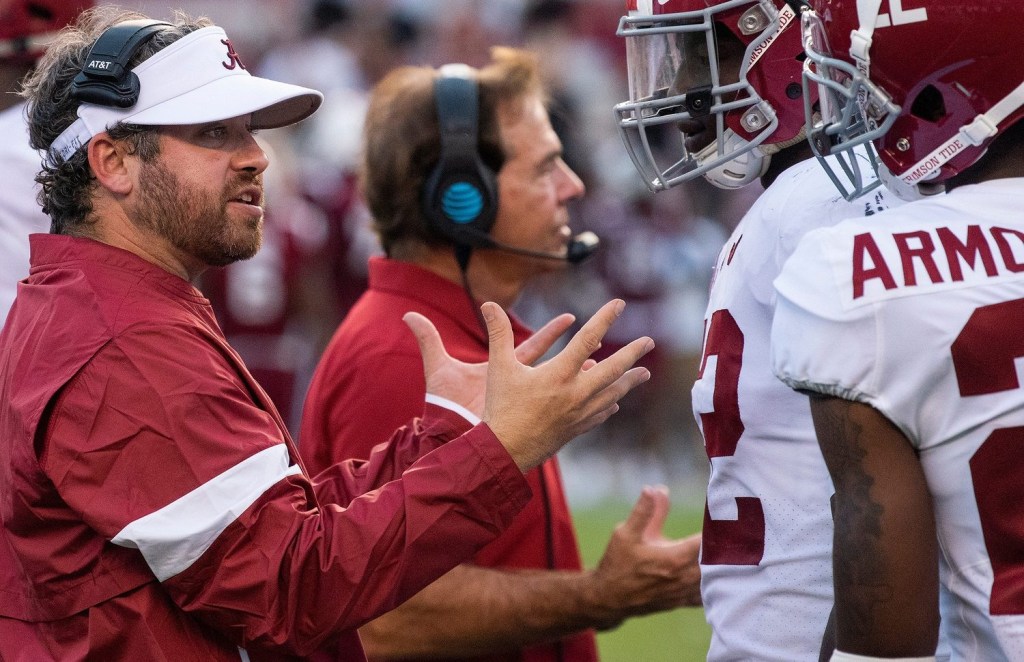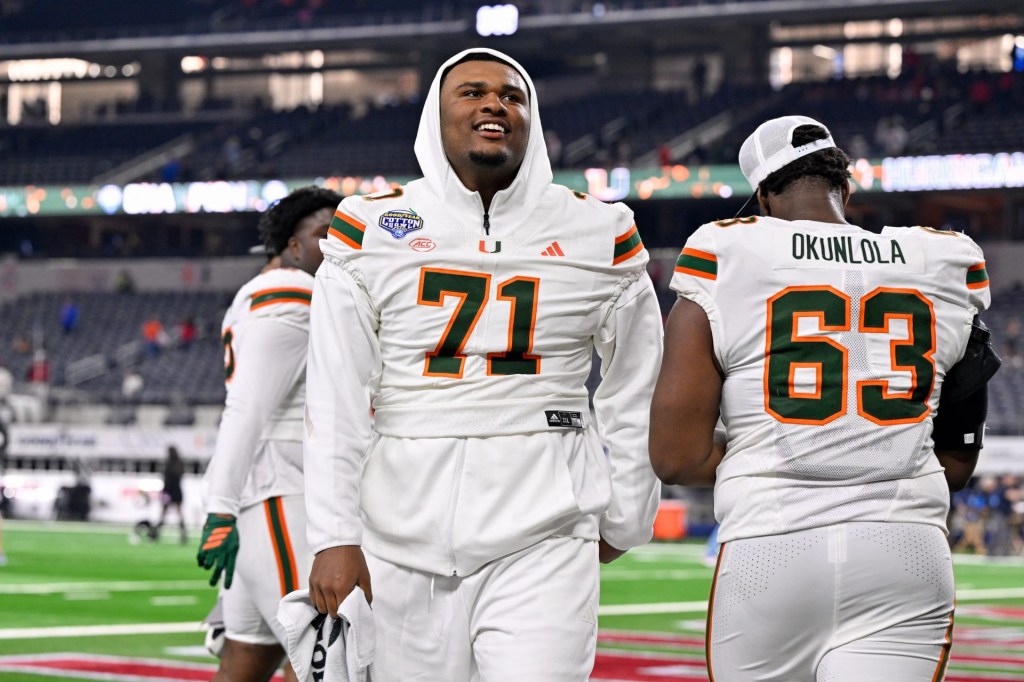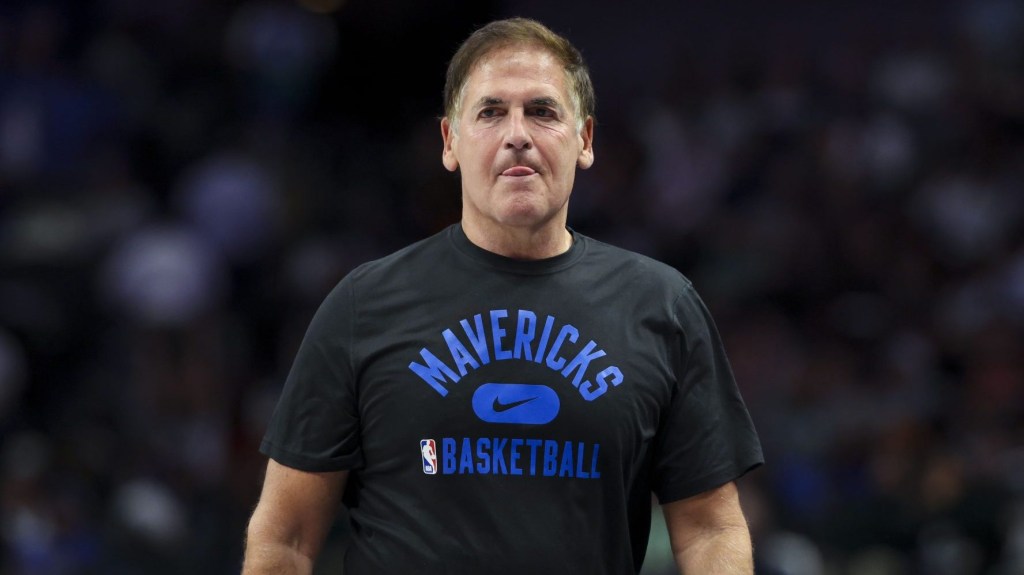Big 12 Commissioner Bob Bowlsby has set a timeline for his conference to make decisions about the upcoming fall football season, citing mid-summer as the window during which decisions must be made for schools in regards to a return to play.
The conference and its member institutions are working with public health officials and state decision-makers as they try to preemptively plan for a number of possible shapes the football season could take.
“We have tried to coordinate with public health officials, and we’ve tried to coordinate with governor’s offices because ultimately, that’s where these decisions are going to be made,” Bowlsby said while speaking with Emily Caron on Front Office Sports’ Fundamentals. “They’re going to empower university presidents and chancellors and boards of trustees to go and make their own decisions as to how they’re going to operate their university. I think most of the decision dates for our schools are somewhere between early June and late July in terms of just exactly what the fall is going to look like. Those of us that are involved in the athletics enterprise are going to have to be responsive. I don’t think we can drive those decisions. That’s the tail wagging the dog, I think.”
The window right between early June and late July is the sweet spot, Bowlsby said.
“By the middle of July, we’re going to have to have a pretty good indication that we can go back to practicing and getting prepared, or we’re not going to be able to play on Labor Day weekend,” he added. “And that’s when we have to start making some decisions about what that structure looks like during the fall.”
Once decisions are made collectively, Bowlsby said his biggest priority is ensuring a return is done “the right way,” which likely won’t mirror traditions or norms. A number of changes will have to occur – encompassing facility operations, travel, sanitation, health, and wellness testing, fan experience adjustments, venue spacing, and more – in this new sort of normal within college athletics.
READ MORE: Consensus Hard To Come By Around Student-Athlete NIL Opportunities
Bowlsby also expressed a need to prepare for changes that could take place even after sports have resumed. Resumption doesn’t mean continuity in regards to the way the season will finish, particularly if campuses see spikes in the virus or a potential second wave hits.
“It’s hard to imagine that we’re going to get all the way through a fall and a winter sports season without institutions having flare-ups,” Bowlsby said. “I just think college campuses are Petri dishes for infectious diseases. They always are. There are lots of people, and they’re living in close quarters, and they’re partying and interfacing, and there’s just lots going on. Some of that is going to find itself in the athletics population.”
The ability to carry the virus without symptoms and spread it unknowingly also gives Bowlsby pause about not preparing for flare-ups or virus-related interruptions if football does resume as normal in the fall.
“I don’t think it’s unreasonable to expect that there will be disruptions during the season. And that’s where the split season comes from,” he explained. “I don’t think we would ever schedule to play a split season in football or basketball or anything else. But if we got to the middle of the season and found that infections were running wild, we may very well be forced into that sort of choice.”
As a result, additional scenarios are also under consideration, including an early start to the season, if possible, or a truncated season that only features conference games and does not start until Oct. 1. Then next big question, according to Bowlsby, is “what this does to the postseason and to the college football playoff and to the basketball season?”
Bowlsby also spoke on the long term impact of the current coronavirus pandemic on college athletics, media rights, and more as well as the NCAA’s move toward name, image and likeness rules changes. Watch the complete interview here.

















